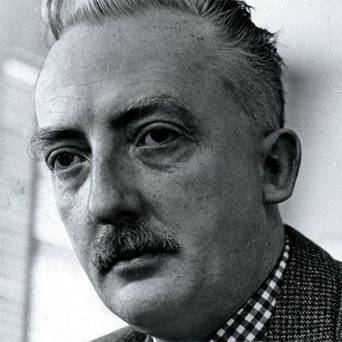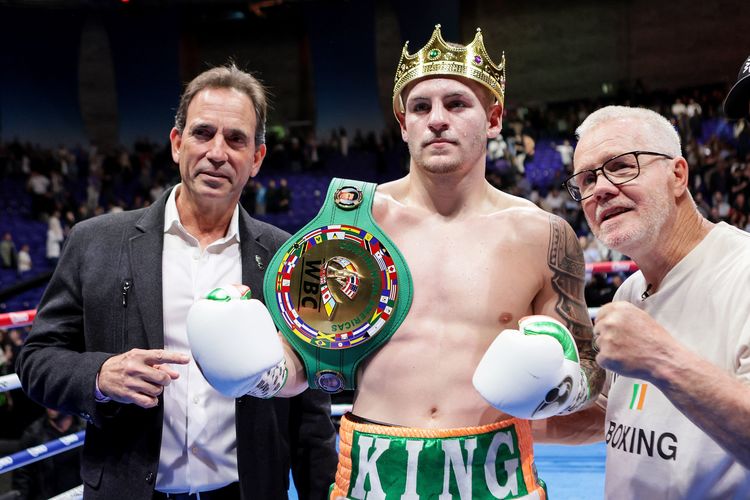The statue of Robert Emmet in “Reservation 42”
By Ray O’Hanlon
It has bounced back and forth between the House of Representatives and Senate.
That’s quite a trick for a bronze statue, even just figuratively.
But today the little plot of land in Washington, D.C. that is home to a statue of Irish patriot Robert Emmet is included in a wide ranging Senate land bill, S.47, which had been under consideration by the Senate’s Energy and Natural Resources Committee chaired by Senator Lisa Murkowski (R-AK).
The inclusion should ensure that the small park will finally, and formally, bear Emmet’s name – though this after the House of Representatives signs on to the bill.
The legislative language for the naming of the park after Emmet had passed muster in the House in 2016.
It was hoped that the Senate would then add its approval in the centenary year of the 1916 Rising.
It seemed like a simple enough task but other matters, more partisan than bipartisan, took precedence in what was a most highly charged election year.
So when Congress rose for the November election that presidential year the naming of the park in honor of Emmet fell by the wayside.
But not for too long.
The next Congress, the 115th, was asked again in 2017 to name a plot of land run by the National Park Service after Emmet, he of the immortal “speech from the dock.”
Legislation to this effect was introduced by Congressman Joe Crowley, then Chair of the Democratic Caucus.
And it was backed by a repeat group of co-sponsors from both parties, Reps. Tom Rooney (R-Fla.), Chris Smith (R-NJ), Peter King (R-NY), Eliot Engel (D-NY), Richard Neal (D-Mass.), Mike Doyle (D-Penn.), Brendan Boyle (D-Penn.), Kathleen Rice (D-NY), and Jim McGovern (D-Mass.).
This combined force was successful and the House of Representatives duly voted unanimously for the renaming.
The Senate awaited. And awaited.
Now, the Senate has finally embraced Emmet.
The Robert Emmet sculpture was donated to the Smithsonian Institute by Irish Americans in 1917 to commemorate the Irish struggle for freedom.
In 1966 it was moved to its present location on National Park Service land in Northwest Washington, D.C. near the Irish embassy in a ceremony attended by the Speaker of the U.S. House of Representatives and cabinet officials.
The park, officially dubbed “Reservation 42” by the National Parks Service, was refurbished and there was a reopening ceremony in 2016.
The park is a small triangular piece of property that, once the renaming bill is approved, again, by the House, will be officially known as “Robert Emmet Park.”
The Emmet statue was commissioned by the Smithsonian, funded by a group of Irish Americans, completed in 1916 by Irish sculptor Jerome Connor, and installed in the Smithsonian’s U.S. National Museum.
President Woodrow Wilson, not a great fan of the militant version of the Irish independence struggle, spoke at the dedication ceremony, which was attended by many dignitaries.
On the 50th anniversary of that first dedication, in April, 1966, the Smithsonian loaned the Emmet statue to a small National Park Service site near the Embassy of Ireland.
It was duly rededicated.
The then-Speaker of the House of Representatives, John McCormack, presided over the ceremony, and remarks were made by, among others, the Secretary of the Smithsonian and the Ambassador of Ireland.
President Lyndon Johnson conveyed his admiration for Emmet in a message that was read at the event.
The rededication event back in the spring of 2016, the second such, saw the now former Irish Ambassador to the United States, Anne Anderson, and Rep. Crowley, presiding over a ceremony at the park site, which is at Massachusetts Avenue and 24th Street.
Ambassador Anderson said in part at that gathering: “Patrick Pearse, in particular, venerated Robert Emmet and gave expression to his admiration in stirring speeches he made in New York and Brooklyn during his U.S. visit in 1914.
“The parallels between the two men are striking: both understood heroic failure; both faced execution with stoicism and dignity; in both cases, their voices resonated more powerfully from the grave than they did in life.
“This statue we rededicate today is uniquely important. Although over a hundred years had passed since his death, this was the first statue of Robert Emmet created anywhere.
“And the history of the statue speaks powerfully to the Irish–American connection: commissioned by the Smithsonian, cast by Irish sculptor Jerome Connor, funded by a group of Irish Americans, and unveiled in the U.S. National Museum in the presence of President Woodrow Wilson.”
A separate statement from the Irish Embassy read in part: “The project encompasses re-landscaping the entire site and installing a wayside information marker. The National Park Service is working in partnership with the Smithsonian Institution, the Irish American Unity Conference and the Ancient Order of Hibernians, all of which have contributed resources to the project.”
Congressman Crowley, who also spoke at the 2016 gathering, has a strong personal interest in Robert Emmet.
A portrait of Emmet given to him by his father was, before his election defeat, hanging in a prominent place in his office on Capitol Hill.
Rep. Crowley, in a statement following that last House vote, said: “For many Americans, the admiration for Emmet reflects a deep and abiding pride in Irish-American history, as well as the lasting worldwide influence of our own American history.
“I’m proud that this famed leader, whose work inspired a movement for Irish independence for generations, is a step closer to being honored with the designation of the Robert Emmet Park.”
The campaign to have the park named for Emmet, executed by the British after his failed rising of 1803, has involved a number of individuals and organizations but principally Jack O’Brien of the Ancient Order of Hibernians.
In recent days the Irish American Unity Conference, also long to the fore of the campaign, penned a letter to Senator Murkowski which explained the prominence of Emmet in Irish history, and additionally the fact that Emmet’s brother, Thomas, had been appointed Attorney General of New York State in 1812.









